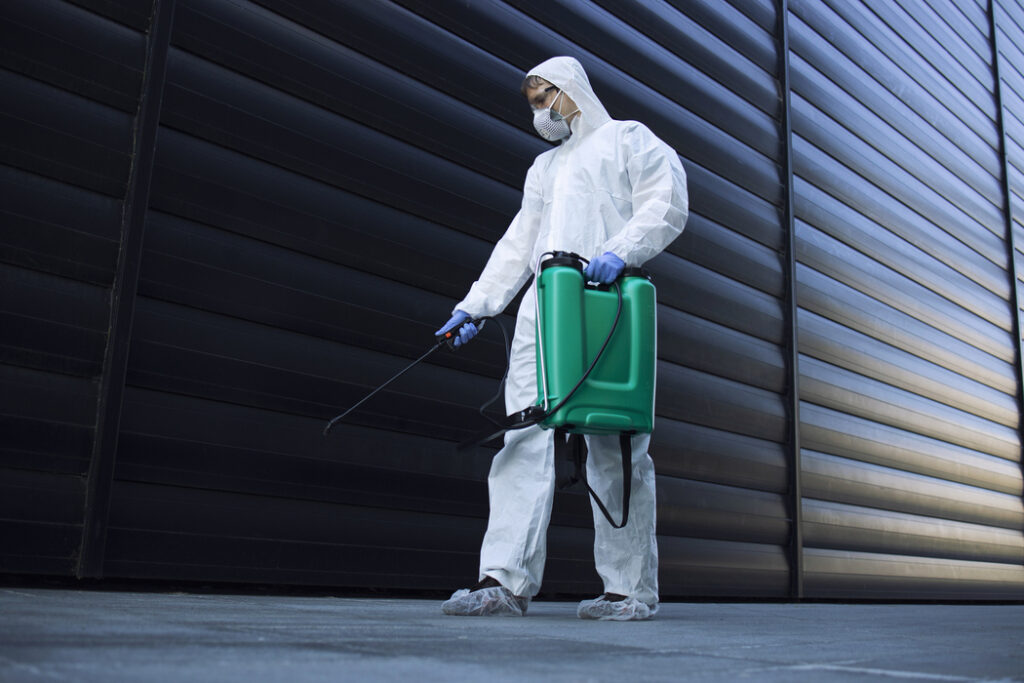Preventive pest control is a good practice when the presence of a specific pest or its abundance is known in advance. Pests may be continuous, but they will only appear under certain conditions. For instance, a plant disease will occur only under certain environmental conditions. Knowing these conditions can help you avoid it altogether. In addition to preventive pest control, you can also use cultural and natural approaches to repel or eliminate pests. Here are a few of these techniques.
Biological control
Biological control for pest management involves the release of natural enemies. These creatures are carefully selected and go through quarantine to protect the environment from unwanted organisms. These enemies are then released at the appropriate time and location where there is an abundance of pests and minimal disturbance to the ecosystem. As with most natural enemies, it takes time for these species to reach their full reproductive potential and become effective. In order to be effective, these predators must be released at a time of the year when the pest is actively feeding on the host.
Also Read: Most Frequently Questions Ask About Pest Control
Cultural control
The oldest method of pest control is cultural control. It has been used for many years but was neglected after the development of synthetic pesticides. However, the most important part of cultural control is prevention, as it enables you to avoid insect problems before they occur, thus minimizing their impact on your crop. This method is most effective when target pests do not disperse widely or have complex nutritional needs. However, it has been criticized for its poor efficacy.
Chemical control
Chemical control involves the use of chemicals to kill or inhibit pests. These chemicals can either be naturally occurring or have been synthesized to mimic their effects. If used correctly, chemicals can be beneficial for certain types of pest control in homes and businesses. The most common type of chemical used is sulfur. Visit, atpmspest.com.au for pest control services they are the best pest control company in Australia.
Exclusion
Using exclusion for pest control is an old idea, but it could be the future of pest management. Proper exclusion requires a high level of routine service and regular inspections. The biggest hurdle is people, and it may be better to leave this to the professionals. Exclusion isn’t rocket science, but it can be a tricky process. For example, some exclusion methods can leave holes and gaps in your house and make pests easier to access.
Traps
When choosing traps, consider the variety and species of pests that you are trying to control. The following information will give you some ideas about which traps to use in which circumstances. Many growers use yellow traps, which will attract a wide variety of insects. Most insects are easier to spot against a yellow background, so you may want to choose traps with the same colour as your crops. Here are some of the types of traps to use in your greenhouses.
Cats
One effective way to rid your yard of rodents is to use your cat as pest control. While cats love to chase rodents, their main goal is to play and not harm them. Even if they do kill a rodent, a cat will bring it home to its owner to eat. That’s a double-whammy for you! So, how do you get a cat to control pests?
Poison
There are two types of poisoning – systemic and topical. Systemic effects usually occur away from the point of contact and are caused by a pesticide absorbed into the body. Common symptoms of pesticide poisoning include nausea, vomiting, fatigue, headache, and intestinal disorders. In more advanced cases, these symptoms may also include changes in heart rate, difficulty breathing, convulsions, or coma. The signs and symptoms of poisoning depend on the severity of the pesticide and its route of entry.

